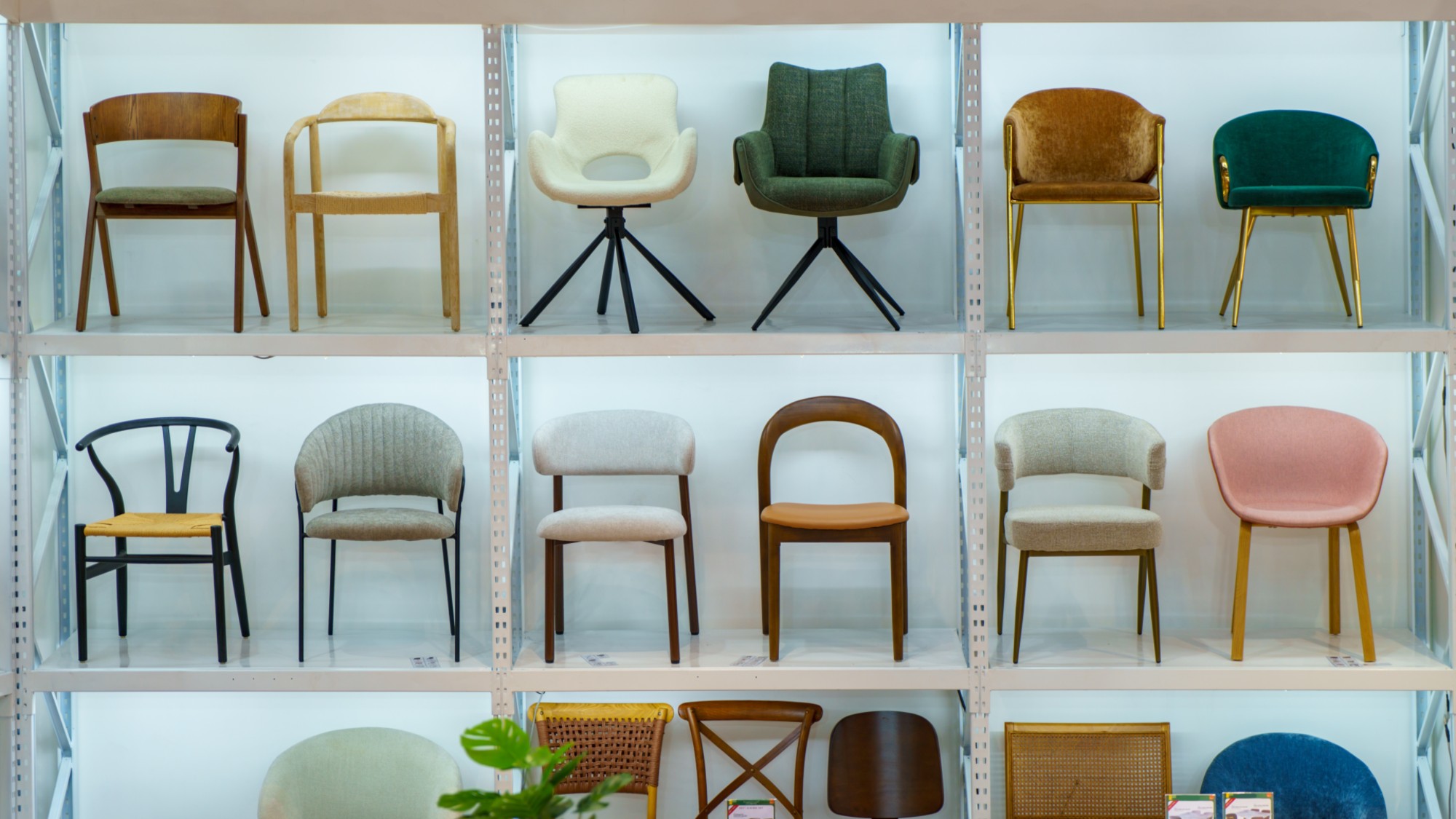Unbuilt Washington
The National Building Museum’s survey of the buildings that might have been built in the nation's capital has captured the public's interest.
National Building Museum, Washington, D.C.
Through May 28
The Washington, D.C., that might have been sure is a popular place, said Lydia DePillis in the Washington City Paper. Since November, when it enjoyed the city’s “buzziest museum opening of the year,” the National Building Museum’s survey of unbuilt Washington architecture has stirred great interest in why the seat of our federal government looks the way it does—and not like something else. A ziggurat for the Lincoln Memorial? A “National Sofa” across from the White House, where the public could chat with the First Family via a massive, closed-circuit TV? Some “wacko” structures have been proposed for the nation’s capital over the years, and many induce chuckles, if not “sighs of relief,” that they weren’t built. But visitors are also apt to “ache with sadness” that some of these designs, including Andrew Jackson Downing’s 1851 plan for a more “naturally landscaped National Mall,” never materialized. Why couldn’t our forebears have done better?
The Week
Escape your echo chamber. Get the facts behind the news, plus analysis from multiple perspectives.

Sign up for The Week's Free Newsletters
From our morning news briefing to a weekly Good News Newsletter, get the best of The Week delivered directly to your inbox.
From our morning news briefing to a weekly Good News Newsletter, get the best of The Week delivered directly to your inbox.
Blame “architectural groupthink,” said Philip Kennicott in The Washington Post. This fascinating exhibition “makes abundantly clear” that the Washington we all know—the “rigidly neoclassical city of white marble and columns”—is mostly the product of fairly arbitrary decisions made less than a century ago. A single generation decided to express government power via “an orderly march of white palaces” on a landscape “denuded of trees,” and builders have followed in lockstep ever since. Sure, it’s fun to guffaw at a 1792 plan for a Capitol building with an oversize weather vane atop its dome. But more intriguing are the newer proposals, which suggest that a different Washington could yet be built. In a nation entering “an age of decline,” the imperial National Mall “doesn’t really make sense anymore.” We could plant trees and add shops and housing. We could make Washington “more livable,” more modest, more “welcoming.”
A free daily email with the biggest news stories of the day – and the best features from TheWeek.com
-
 ‘Autarky and nostalgia aren’t cure-alls’
‘Autarky and nostalgia aren’t cure-alls’Instant Opinion Opinion, comment and editorials of the day
-
 Japan’s Princess Aiko is a national star. Her fans want even more.
Japan’s Princess Aiko is a national star. Her fans want even more.IN THE SPOTLIGHT Fresh off her first solo state visit to Laos, Princess Aiko has become the face of a Japanese royal family facing 21st-century obsolescence
-
 Australia’s teen social media ban takes effect
Australia’s teen social media ban takes effectSpeed Read Kids under age 16 are now barred from platforms including YouTube, TikTok, Instagram, Facebook, Snapchat and Reddit